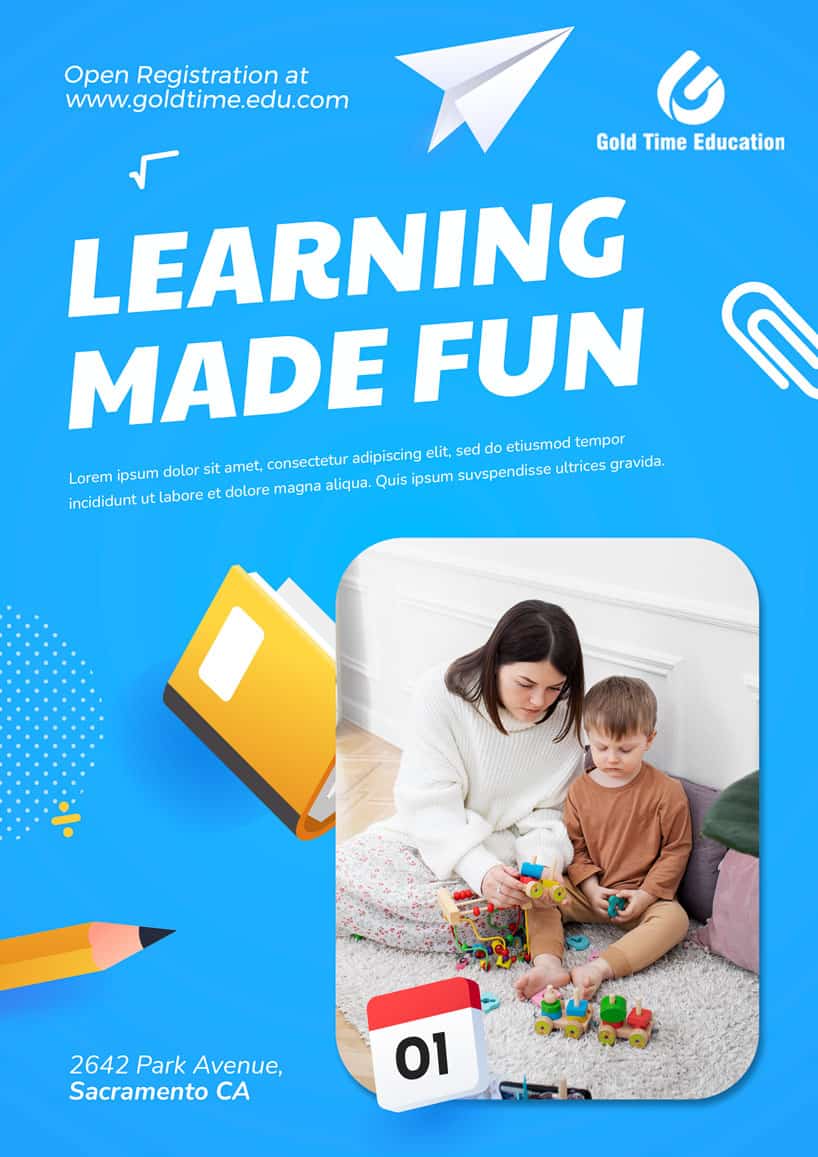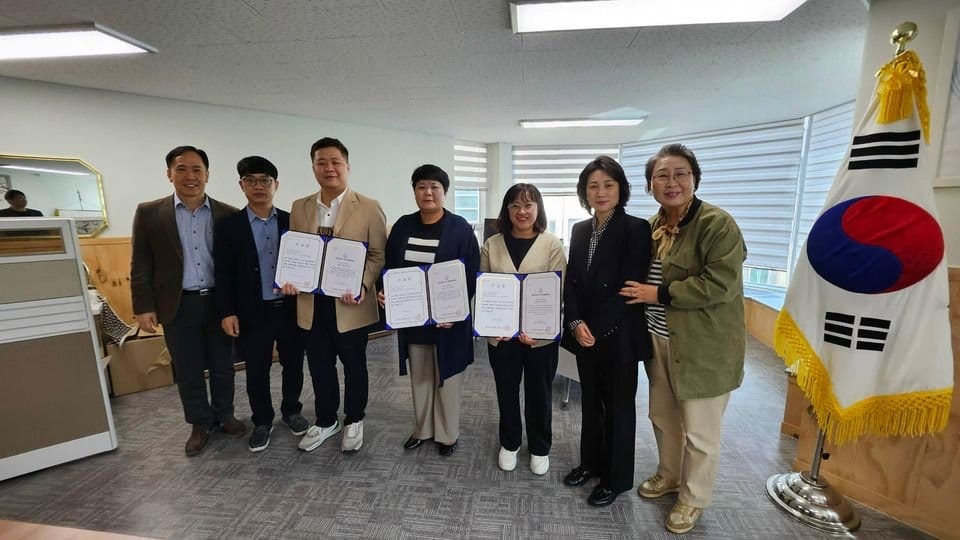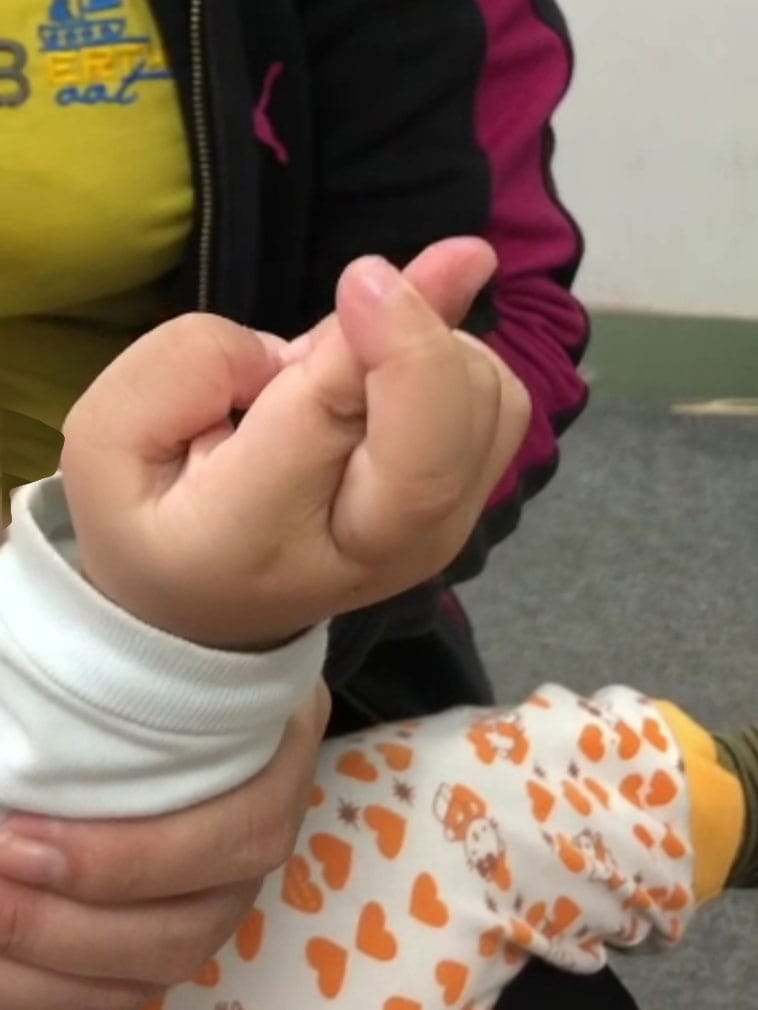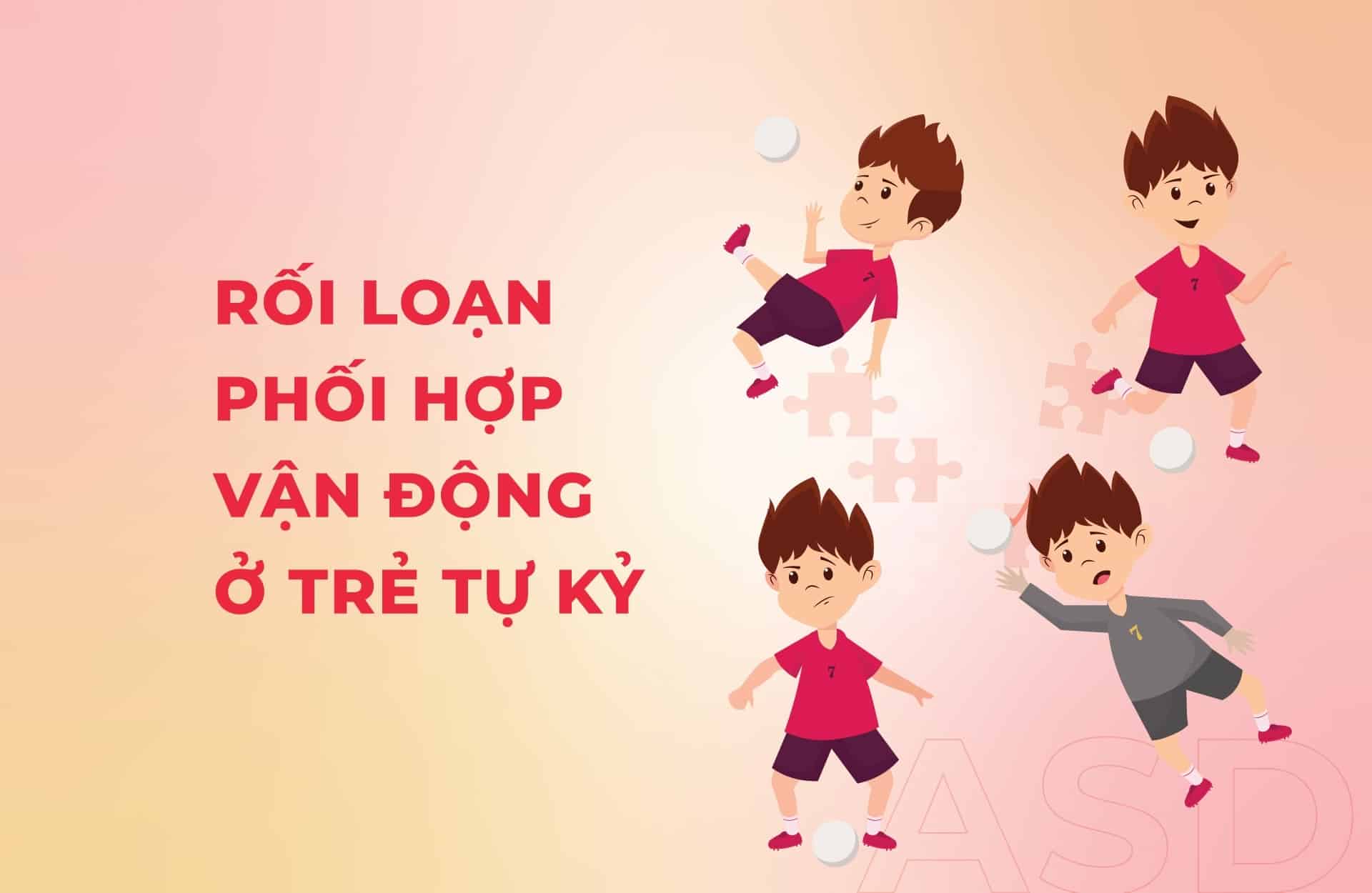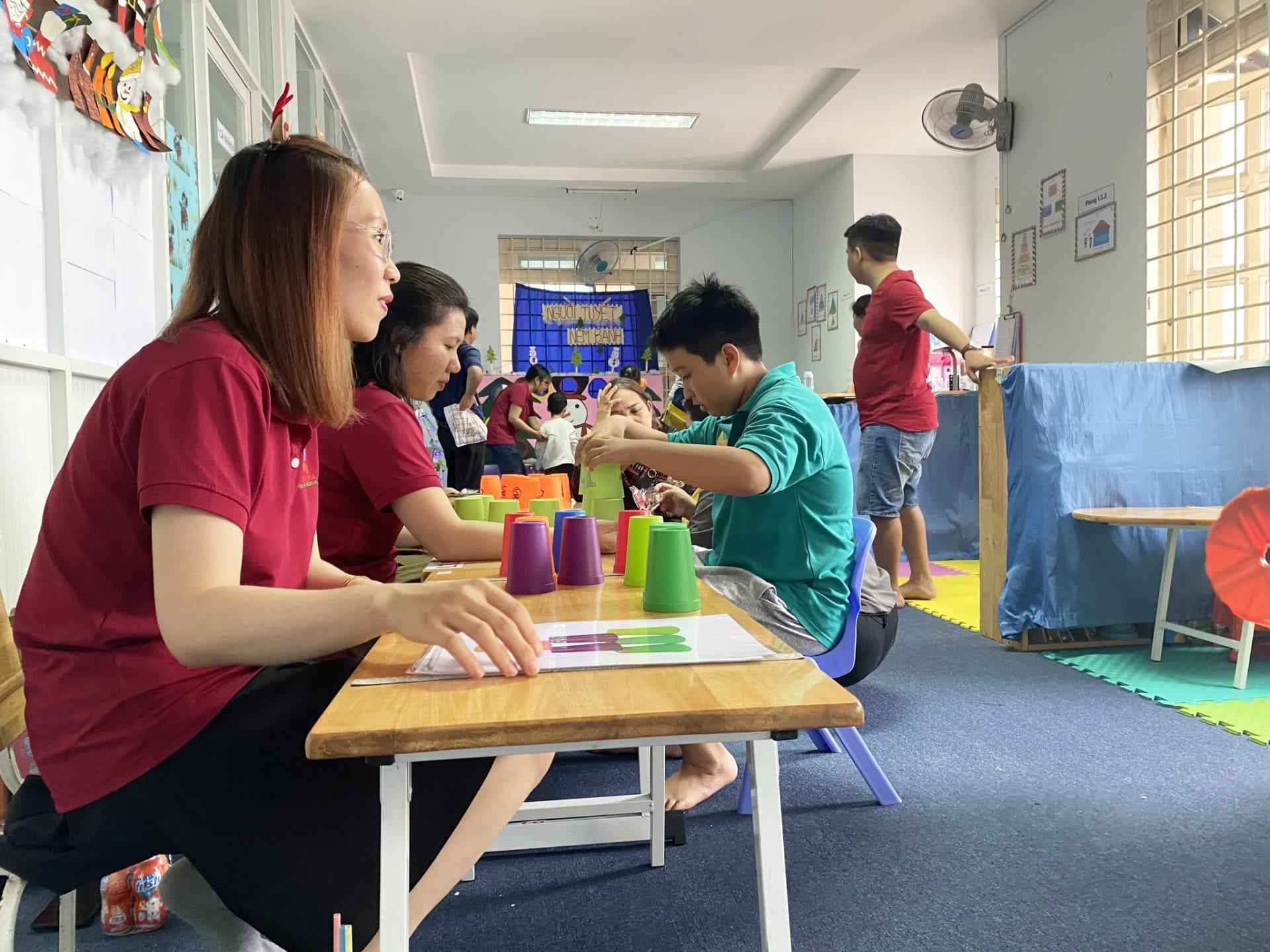Assessment is an essential part of special education in general, and early intervention for children with disabilities in particular.
Bailey and Wolery (1992) define assessment as “a process of collecting information for the purpose of making decisions.” Richard and Schiefelbusch (1991) describe assessment as “a multi-level process, beginning with screening, followed by diagnosis, intervention planning, and monitoring, then evaluating the program.” These definitions illustrate assessment as a dynamic process, allowing for multiple decisions about children known or suspected to have disabilities. In fact, there are various types of assessments that can be conducted simultaneously and at different levels. Assessment is a process of seeking evidence and problem-solving.
In other words, assessment in early intervention for children with disabilities is a scientific, practical process of gathering information to make decisions about individualized plans and intervention directions for each child and their family.
The five main purposes of assessment in early intervention for children with disabilities are: (1) identification; (2) determining the type of disability; (3) developing intervention plans; (4) monitoring student progress; and (5) evaluating the program.
Special education center staff will conduct assessments of gifted children.
Areas of Development for Children with Disabilities Needing Assessment
Areas of development are important aspects that comprehensive assessments for young children with disabilities or suspected disabilities should explore. Most assessment tools used for young children aim to accurately understand the level of development in one or more of the following areas: cognitive skills, motor skills, language and communication skills, social and emotional skills, self-care skills, and adaptation.
However, development during the pre-school period cannot be separated into individual developmental aspects. This is because the developmental aspects are closely related to each other and have complex interactions with each other in young children. In fact, there is a direct functional relationship between changes in one developmental aspect and changes in another. As a child learns to walk, they encounter new experiences, and these experiences impact the development of skills (such as cognitive, social, and language skills).
Understanding each developmental aspect as described below will help us understand children more fully. Typical development can serve as a general guide for interventionists and as a reference point for when to consider individual strengths, needs, and progress of the child.
**Cognitive Skills**
Cognitive skills refer to a child’s mental and intellectual abilities. Just one cognitive behavior can reflect significant progress occurring in the first two years of life. When assessing a baby’s cognitive skills, concepts such as object permanence, spatial relationships, anticipation, causality, and object use are explored.
Cognitive development emerges and manifests when a child has the intention to stimulate, coordinate new information with previously acquired knowledge and skills, and engage in increasingly complex problem-solving. Furthermore, cognitive skills include the ability to predict events, use short-term and long-term memory, organize activities in sequence, differentiate between objects and events, and plan for the future.
During the pre-school period, assessing cognitive skills informs us about pre-reading, pre-writing, and mathematical iconography. Assessing cognitive development throughout the elementary school years provides a clearer picture of pre-academic and academic skills. At this point, the child’s cognitive abilities become more sophisticated and refined, demonstrated in their understanding of concepts, ability to tell stories in order, and mathematical reasoning.
Cognitive Assessment focuses on understanding the development of cognitive skills, including cognitive and motor coordination, noting the quality of the child’s skills and how they use these skills.
**Motor Skills**
Motor skills assessment is divided into two parts: assessing fine motor skills and assessing gross motor skills. Gross motor skills involve moving around the environment. Gross motor skills involve movement and control of large muscle groups used for sitting, crawling, standing, walking, moving around, throwing, and jumping. Fine motor skills involve using small muscle groups such as hands, feet, and face. Fine motor skills are used for grasping, picking up, and releasing objects; stacking, tying shoes; cutting and writing.
A baby’s motor skills are primarily reflexive. However, as the brain matures and muscles develop, the child can better control their movements and move around the environment. Young children not only develop motor control but also coordination of their movements, enhancing their flexibility, dexterity, and hand-eye coordination.
Between the ages of 2-6, children learn and do more things more skillfully, such as moving faster, maintaining balance, and doing activities that require more precise fine motor skills (such as drawing squiggles, cutting with scissors, buttoning, and writing). An 8-year-old child has very proficient gross motor skills, such as somersaults, riding a two-wheeled bicycle, and playing ball (catching, accurate throwing, etc.). Most 8-year-olds can write neatly, write almost all words, draw detailed pictures, string beads, solve puzzles, blocks, or with other small objects.
Motor assessment focuses on understanding the development of fine and gross motor skills, noting the quality of the child’s motor skills and how they use them.
**Language and Communication Skills**
Regarding language and communication skills, there are three developmental aspects that need to be considered when assessing. Communication is the ability to exchange messages between speakers and listeners. Language is the ability to use symbols (as words used in many ways to form words) or syntax (rules for creating sentence structures) or grammar when communicating with others. Speech is the pronunciation of words used in communication.
Assessment of language and communication skills will consider both language reception and language expression. Language reception is the ability to understand verbal and non-verbal information. Language expression is the ability to present one’s thoughts or emotions through speech, gestures, or behavior.
The most crucial period of language and communication development is before the age of 5. Initially, a baby’s communication is typically non-intentional; however, by age 3, most children achieve basic requirements for a communication system. Language development progresses through several stages, beginning at birth. By the time children reach school age, they usually use all the sentences spoken by adults. When communication skills are delayed or impaired, therapists focus on the child’s communicative intent, meaning they focus on what the child is trying to communicate, even if it may contain multiple meanings (such as gestures, eye contact, pronunciation).
**Social and Emotional Skills**
Social and emotional skills are understood through behaviors that describe how children interact with others, including adults and peers, and how they respond in various social situations. These skills include children’s active engagement in interaction and response to interactions initiated by others. When interacting with adults, children need skills such as playing together, sharing toys, or taking turns.
Emotional skills involve recognizing and exchanging emotions and acting on their own emotions while respecting the rights of others. Emotional skills include controlling feelings


